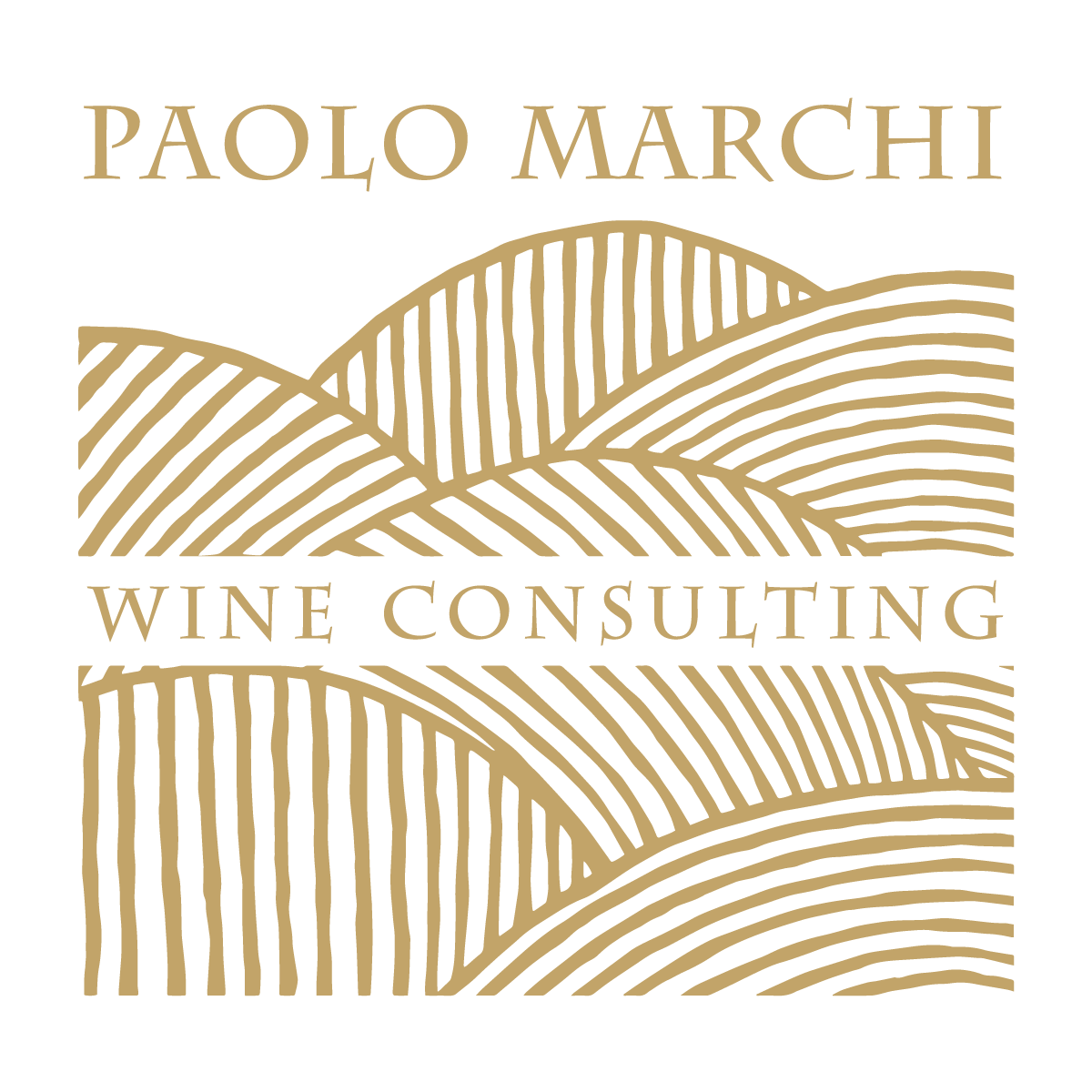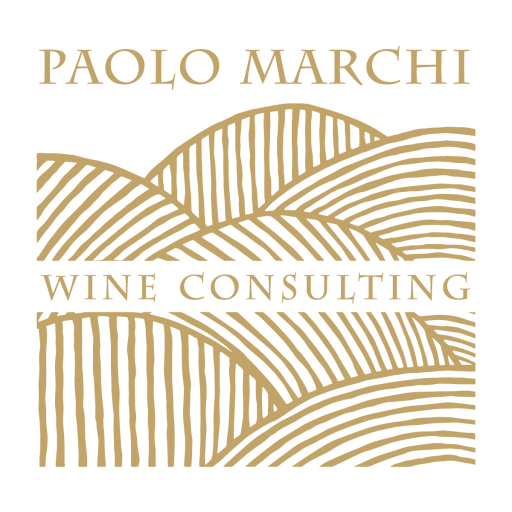Listening to Nature, Giving Voice to Wine
My Philosophy
A great wine is never born by chance. It is the result of a vision that begins in the soil and comes to life in the cellar. Every vineyard has a unique soul, shaped by the land, climate and biodiversity. My goal? To give voice to this uniqueness, guiding the grapes toward their fullest expression and transforming them into a wine that tells its own story, without compromise.
My Approach
Every wine is different because every terroir is different. That’s why my method does not follow standardized formulas but is rooted in observation and listening to the vineyard:
Terroir study to enhance each parcel and its expressive potential.
Tailored vineyard management, balancing soil, vine and biodiversity to obtain exceptional grapes.
Perfect ripeness balance, ensuring sugars, acidity and tannins harmonize naturally.
Bespoke winemaking, where experience and intuition guide every choice without intervention.
From Vineyard to Cellar: The Journey to Excellence
From the vineyard to the bottle, every stage is designed to create wines that evoke emotion and leave a lasting impression. I believe in a respectful yet visionary approach to winemaking, one that enhances the raw material without altering it. Each vintage has its own story to tell; my job is to interpret it in the most authentic and inspiring way possible.
The Goal: Wines That Speak of Terroir
Making a good wine is not enough. I want every bottle to be a true expression of its terroir, the perfect balance between nature and human expertise. Every decision is driven by experience, passion, and a deep understanding of the vine at every stage of its evolution. Because a great wine is not created, is accompanied.
Natural harmony transformed into wine
Science is the starting point for viticulture and oenology. Consultancy work starts from this expertise and is founded on lengthy practical experience. Choosing which techniques to use to make wine is an integral part of this approach, whether integrated, organic or biodynamic agriculture is used. There are no such things as labels or disagreements in understanding how to make wine, but a single ethical approach in which cross-fertilisation between the various disciplines and the various winemaking philosophies exalts the product and safeguards the local area.

